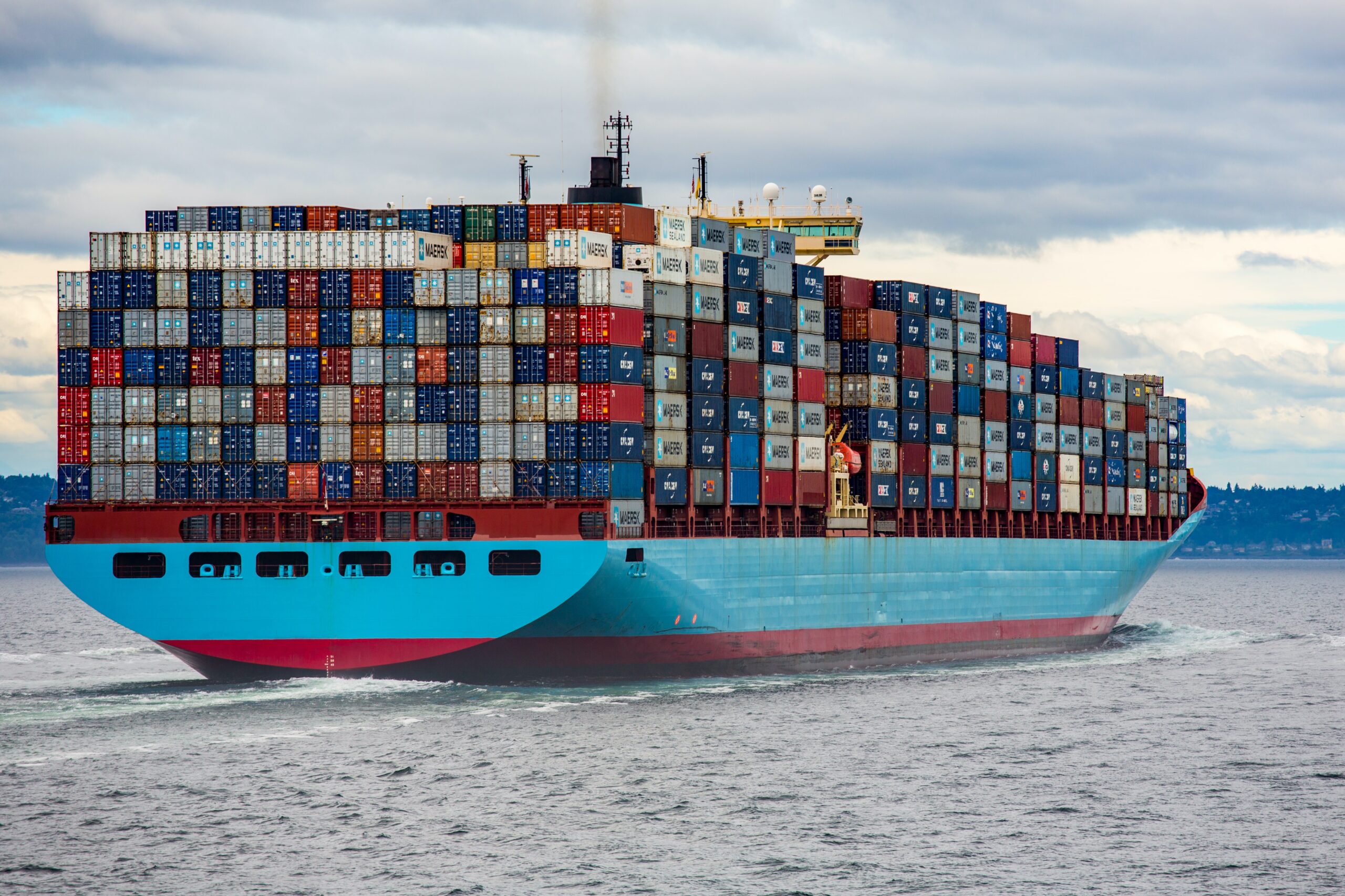International trade plays a pivotal role in a country’s economic growth and development. India, being one of the world’s largest economies, has actively participated in global trade. In this blog, we will delve into India’s international trade trends from 2010 to 2018, analyzing key import and export data and identifying prominent countries and commodities involved in the process.
Data Collection and Preprocessing
To begin our analysis, we gather data from two CSV files containing import and export records from 2010 to 2018. The data is then loaded into a Python environment, and we utilize several libraries, including Pandas, Plotly, and Matplotlib, to perform data manipulation and visualization.
Overview of India’s Trade
Before diving into the specifics, let’s get an overview of India’s import and export activities during the given period. The total value of imports is generally higher than that of exports, leading to a trade deficit for India. We observe that the year 2011 witnessed the highest import and export values. However, in 2015, the export rate declined, resulting in a significant trade deficit. 2014 was an exceptional year as the export and import rates were almost equal. 2016 stands out as the best year with substantial exports and reduced imports, leading to a narrower trade deficit.
Top Import and Export Commodities
Next, we analyze the top commodities imported and exported by India. The import data reveals that the most imported commodities include “Organic Chemicals,” “Mineral Fuels and Oils,” and “Natural or Cultured Pearls.” In contrast, the top export commodities consist of “Jewelry,” “Mineral Fuels and Oils,” and “Miscellaneous Goods.”
Trends of Select Commodities Taking a closer look at specific commodities, we explore the trends of “Electrical Machinery,” “Nuclear Equipment,” and “Plastic and Articles Thereof.” We observe varying patterns in their import and export values over the years. For example, “Electrical Machinery” experienced consistent growth in imports but a decline in exports from 2010 to 2018. On the other hand, “Nuclear Equipment” demonstrated steady export growth but limited import activities. Key Trading Partners Examining India’s major trading partners, we find that China holds the highest market share, followed by the UAE, Saudi Arabia, and the USA. Notably, the USA tops the list as the primary importer from India. Interactive Visualizations To provide a more engaging experience, we offer interactive visualizations. You can select a specific country to view its import or export trends throughout the years. This allows you to explore individual country-wise trade patterns, making the analysis more personalized.
[iframe src=’/home/analijyh/public_html/jupyter_Notebook/Trade_India.html’]
Conclusion
In conclusion, India’s international trade has experienced significant growth over the years, with varied trends observed across different commodities and trading partners. The country’s trade deficit has been a concern, but efforts are being made to balance imports and exports. By understanding these trends, policymakers can develop strategies to enhance India’s position in the global trade arena and further boost its economic growth.
Note: The data used in this analysis is based on records from 2010 to 2018, and readers should consider the context of the analysis in light of potential developments beyond this timeframe.
-
Tags:

